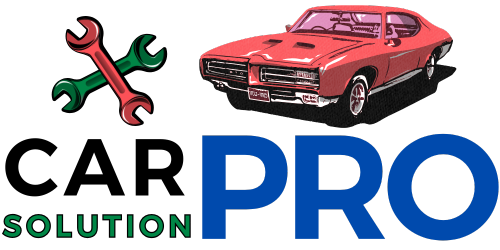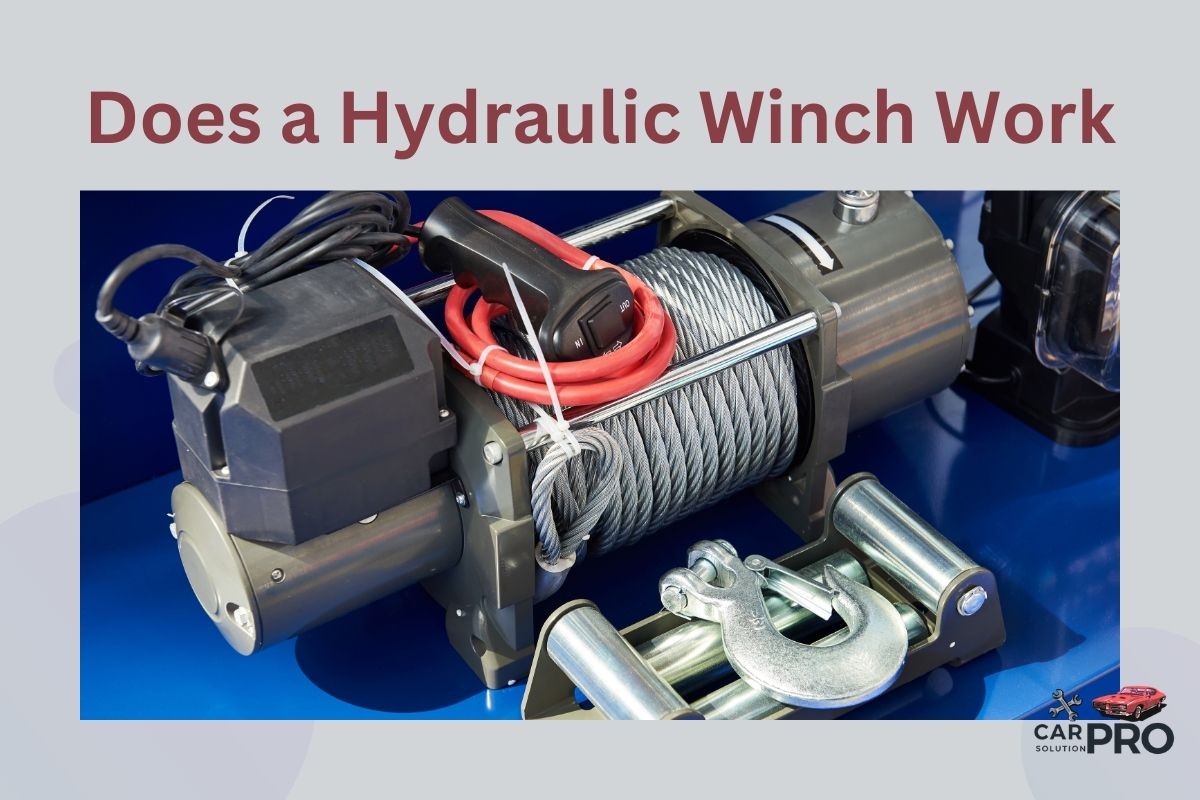Hydraulic winches are powerful tools used for lifting and pulling heavy loads. These devices use fluid power to generate force, making them ideal for tasks that require significant strength. A hydraulic winch works by using pressurized hydraulic fluid to drive a motor, which turns a drum and winds or unwinds a cable or rope.
Hydraulic winches are common in marine and industrial settings where electric power may be limited or unavailable. They offer several advantages over electric winches, including higher pulling capacity and the ability to operate continuously without overheating. These features make hydraulic winches well-suited for demanding applications in construction, mining, and offshore operations.
The basic components of a hydraulic winch include a hydraulic motor, a gear system, a drum, and a hydraulic pump. When activated, the pump creates pressure in the hydraulic fluid, which flows through hoses to power the motor. This process converts mechanical energy into hydraulic power, enabling the winch to move heavy objects with less manual effort than traditional methods.
Key Takeaways
- Hydraulic winches use fluid power to generate force for lifting and pulling heavy loads
- These devices are ideal for marine and industrial applications where electric power may be limited
- Hydraulic winches consist of a motor, gear system, drum, and pump working together to convert energy into pulling power
Fundamentals of Hydraulic Winches
Hydraulic winches use fluid power to generate pulling force. They have key components that work together to lift or pull heavy loads efficiently.
Hydraulic Power Basics
Hydraulic winches rely on pressurized fluid to create motion. A pump pushes oil through hoses and valves. This builds pressure in the system.
The pressurized fluid then flows to a hydraulic motor. The motor converts this fluid energy into rotational force. This spins the winch drum and winds the cable.
Hydraulic systems can produce high torque at low speeds. This makes them ideal for heavy lifting tasks. They also offer smooth, controlled operation.
Winch Components and Operation
The main parts of a hydraulic winch include:
- Hydraulic motor
- Drum
- Cable or rope
- Gearbox
- Control valve
When activated, the hydraulic motor turns the drum. The drum winds or unwinds the cable. A gearbox may be used to increase torque or adjust speed.
The control valve directs fluid flow. This allows the operator to control winch direction and speed. Some winches have built-in brakes for added safety.
Hydraulic winches can handle heavy loads. They’re often used in marine, construction, and industrial settings. Their design allows for continuous operation without overheating.
Mechanical Advantages of Hydraulic Winches
Hydraulic winches offer significant mechanical benefits over other types of winches. They excel in managing heavy loads and providing precise control.
Force and Torque Management
Hydraulic winches use fluid power to generate impressive force and torque. This system allows for smooth and steady power delivery.
The hydraulic pump creates pressure that translates into strong pulling power. This pressure can be adjusted to match the load requirements.
Hydraulic winches maintain consistent force throughout the pull. This is crucial for handling heavy objects safely and efficiently.
The torque output remains stable even at low speeds. This gives operators fine control over load movement.
Load Handling Capabilities
Hydraulic winches excel at moving large and heavy objects. They can lift and pull loads that would be challenging for other winch types.
These winches offer superior load control. Operators can start, stop, and adjust speed with precision.
The hydraulic system provides a constant pulling force. This is vital when dealing with uneven terrain or changing load weights.
Many hydraulic winches have high load capacities. Some models can handle several tons without strain.
Their design allows for extended run times without overheating. This makes them ideal for long, continuous operations.
Types of Hydraulic Winches
Hydraulic winches come in different designs to suit various applications. Two common types are planetary gear winches and worm gear winches. Each type has unique features that affect its performance and suitability for specific tasks.
Planetary Gear Winches
Planetary gear winches use a system of gears that rotate around a central axis. This design allows for high power in a compact package. Planetary gear winches offer:
- High efficiency
- Smooth operation
- Good load control
These winches work well for heavy-duty applications. They can handle large loads and provide quick line speeds. Planetary gear winches are often used in:
- Construction equipment
- Tow trucks
- Marine applications
The planetary gear system distributes the load across multiple gears. This reduces wear and extends the winch’s lifespan.
Worm Gear Winches
Worm gear winches use a screw-like gear to turn the drum. This design offers:
- High holding power
- Precise control
- Self-locking capability
Worm gear winches are ideal for applications that need to hold heavy loads securely. They excel in:
- Industrial hoisting
- Boat lifts
- Theatrical rigging
The worm gear design prevents backdriving. This means the load won’t slip even if hydraulic pressure is lost. Worm gear winches typically operate at slower speeds than planetary gear types.
These winches provide excellent control for precise positioning of loads. They’re often chosen for tasks that require careful handling and positioning of heavy objects.
Installation and Maintenance Procedures
Installing and maintaining a hydraulic winch properly is key to its safe and effective operation. Regular upkeep helps extend the winch’s lifespan and ensures it performs reliably when needed.
Setting Up a Winch System
To set up a hydraulic winch system, start by choosing a sturdy mounting location. Make sure it can handle the winch’s weight and pulling force. Clean the area and check for any obstructions.
Bolt the winch securely using high-quality mounting hardware. Tighten all bolts to the correct torque specs. This prevents loosening during use.
Connect the hydraulic lines carefully. Use the right fittings and hoses rated for the system’s pressure. Double-check all connections for leaks before use.
Install the control system next. Mount the control valve in an easy-to-reach spot. Wire up any electrical components following the manufacturer’s instructions.
Finally, spool the wire rope onto the drum. Ensure it wraps evenly to prevent tangling or damage during operation.
Routine Maintenance Tips
Regular maintenance keeps a hydraulic winch in top shape. Check the fluid levels and condition monthly. Top up or change the hydraulic oil as needed.
Inspect the wire rope for wear, kinks, or fraying. Replace it if you spot any damage. Keep the rope clean and lightly oiled to prevent rust.
Lubricate all moving parts according to the manufacturer’s schedule. Pay special attention to the drum bearings and gears.
Test the winch controls and emergency stop function before each use. Make sure they work smoothly and respond quickly.
Check all mounting bolts and hydraulic fittings for tightness. Vibration can loosen them over time. Tighten any loose components promptly.
Clean the winch after use, especially in dusty or salty environments. This prevents corrosion and keeps the mechanism running smoothly.
Applications and Use Cases
Hydraulic winches have diverse uses across industries. Their power and reliability make them essential for heavy-duty tasks in challenging environments.
Industrial Applications
Hydraulic winches are vital for heavy lifting in construction projects. They excel at moving large equipment and materials on job sites. These winches can pull vehicles or machinery out of difficult terrain.
In logging operations, hydraulic winches help transport large logs safely. Mining companies use them to move heavy ore and equipment underground. Hydraulic winches also play a key role in manufacturing plants for material handling.
Their strength allows them to handle loads that would be too much for other winch types. This makes hydraulic winches ideal for any industry needing to move very heavy objects regularly.
Marine and Offshore Use
The marine industry relies heavily on hydraulic winches. Ships use them for anchor handling and towing operations. Offshore platforms depend on these winches for various lifting tasks.
Hydraulic winches help load and unload cargo on vessels. They’re crucial for marine rescue operations, pulling disabled boats to safety. In deep-sea exploration, these winches lower and raise underwater equipment.
Their resistance to water and corrosion makes them perfect for maritime use. Hydraulic winches can operate continuously, which is essential for long sea voyages. They provide the power needed to handle massive loads in unpredictable ocean conditions.
Frequently Asked Questions
Hydraulic winches offer unique capabilities and advantages for heavy-duty applications. Their operation, power sources, and installation requirements differ from electric winches in key ways.
How does a hydraulic motor power a winch?
A hydraulic motor uses pressurized fluid to generate rotational force. This force turns the winch drum, which spools the cable. The motor connects to a hydraulic pump that supplies fluid under high pressure.
What are the advantages and disadvantages of using a hydraulic winch over an electric one?
Hydraulic winches are typically more powerful than electric winches. They can operate continuously without overheating. Hydraulic winches also work well in wet conditions.
The main disadvantage is the need for a hydraulic system. This makes installation more complex and expensive. Hydraulic winches also require more maintenance.
Can hydraulic winches provide greater pulling power than electric winches?
Yes, hydraulic winches generally offer more pulling power. Their design allows for sustained high-force operation. This makes them ideal for heavy loads and industrial applications.
What is required to install a hydraulic winch on a vehicle or equipment?
Installing a hydraulic winch requires a hydraulic power system. This includes a pump, reservoir, and hydraulic lines. The vehicle or equipment must have enough space to mount these components.
A control valve is also needed to operate the winch. Some vehicles may need modifications to their frame or body to accommodate the winch.
What is the mechanism behind a hydraulic winch’s operation?
Hydraulic winches use fluid power to work. A pump creates pressurized fluid flow. This flow drives a hydraulic motor connected to the winch drum.
The control valve directs fluid to rotate the motor forward or backward. This allows for precise control of the winch’s movement and speed.
In what applications is a hydraulic winch most commonly used?
Hydraulic winches are often used in marine and industrial settings. They’re common on large trucks, construction equipment, and ships. Oil rigs and mining operations also frequently use hydraulic winches.
These winches excel in situations requiring high power and continuous operation. They’re ideal for pulling heavy loads or lifting large objects.


